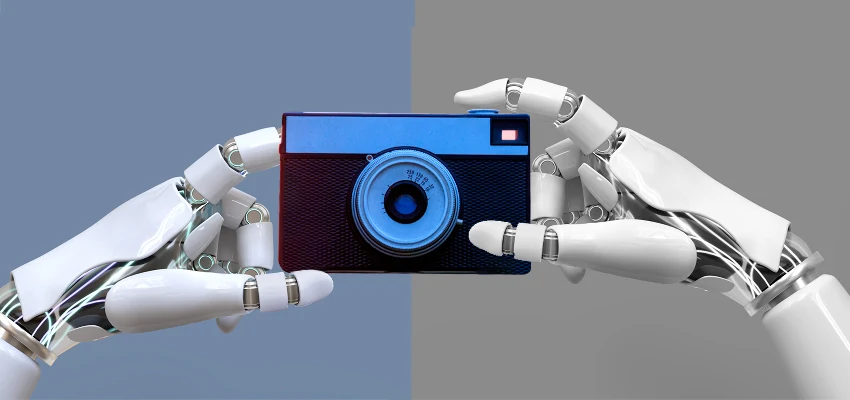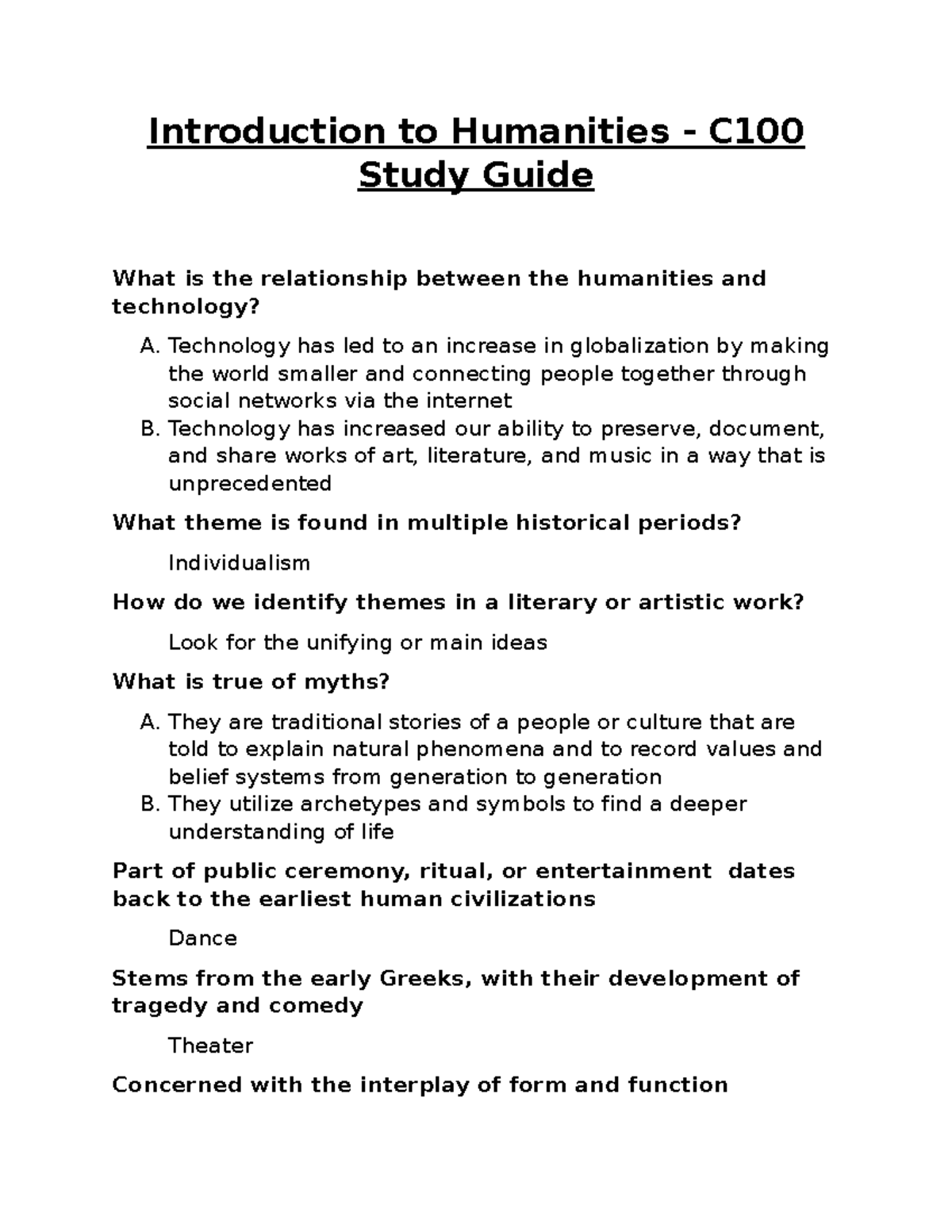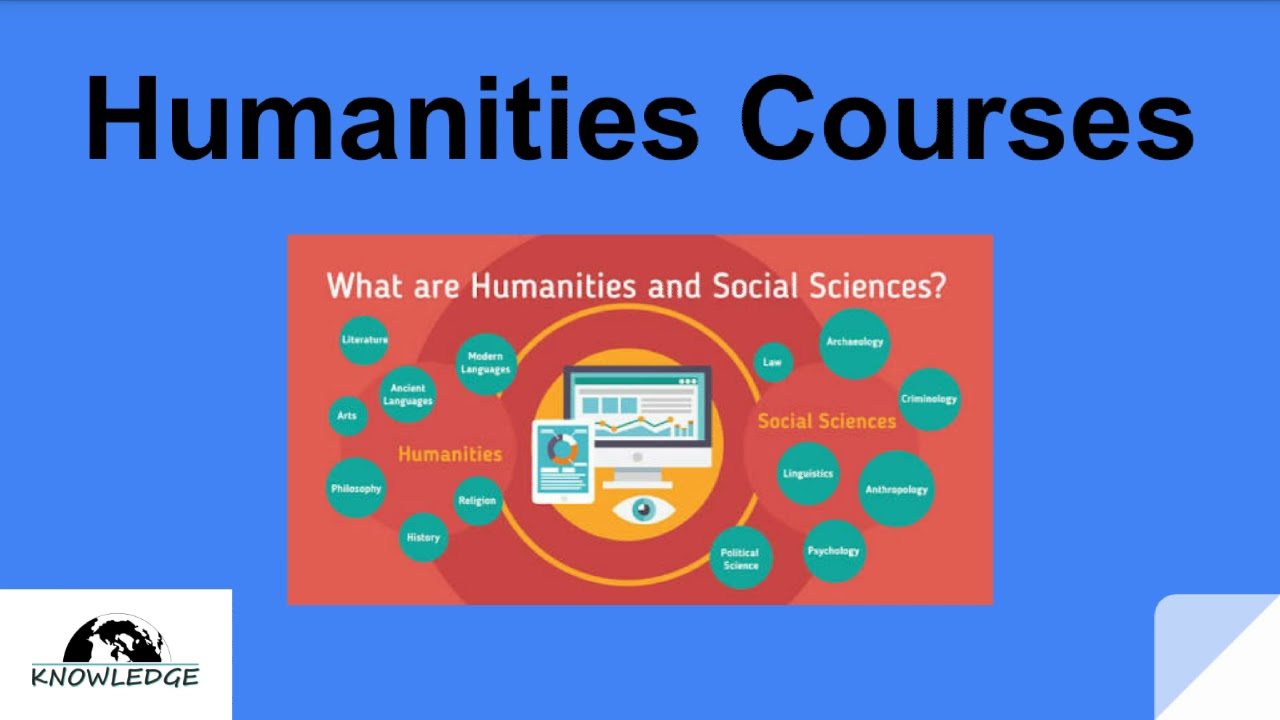AI in photojournalism is emerging as both a challenge and an opportunity, fundamentally reshaping how stories are told through images. As artificial intelligence photography evolves, it raises critical questions about the authenticity and integrity of visual storytelling. While photojournalism faces threats, including copyright violations and the dilution of trust due to synthetic images, visionary leaders like Kira Pollack are exploring innovative ways to utilize AI technology to enhance and preserve the visual record of our times. Pollack emphasizes the importance of safeguarding vast photo archives that document pivotal moments in history, ensuring that these visual narratives remain accessible. With the right applications, AI could play a pivotal role in preserving the legacy of photojournalists and addressing the significant challenges they face today.
The intersection of technology and visual journalism highlights a transformative era for image-based storytelling. Many industry experts are delving into how intelligent systems can redefine photojournalism, shifting the landscape from traditional methods to more dynamic practices. Strategically navigating the challenges presented by AI, such as maintaining creativity while protecting the authenticity of images, is critical for professionals in the field. Notably, figures like Kira Pollack are pioneering discussions around using AI to curate and manage extensive photographic collections, thereby ensuring that essential visual narratives are not lost. As the media environment continues to evolve, understanding the implications of machine learning and its relationship with photo archives becomes increasingly vital.
The Dual Nature of AI in Photojournalism
Artificial Intelligence (AI) is making waves in multiple industries, and photojournalism is no exception. Kira Pollack, an Emmy award-winning visual storyteller, highlights the dual nature of AI, where it poses significant threats to traditional photography while also presenting innovative solutions. Within the realm of photojournalism, AI has created challenges such as copyright violations and the generation of synthetic images that may blur the lines of reality. As photojournalists grapple with these challenges, Pollack believes that embracing AI technology can help preserve the integrity of photographic archives, making it possible to safeguard vital visual history.
The beauty of AI lies not only in its innovative capabilities but also in its potential to reshape the future of photography. Pollack recognizes that the same tools that threaten the authenticity of images can also be employed to enhance the archiving processes. By utilizing AI to catalog and interpret images, photojournalists can manage their extensive archives better and ensure that the narratives captured through lens are preserved for future generations. This duality of AI allows for a critical discussion on how it may redefine the storytelling aspect of photography while addressing the threats that accompany its integration.
Preserving Photo Archives with AI Technology
One of the pressing concerns in the field of photojournalism is the preservation of photographic archives, which are often at risk of being forgotten. Pollack’s research highlights the importance of these archives as living entities that capture the world’s visual history. As many professional photojournalists accumulate vast amounts of work—often containing images that have never been published—the need to protect such a rich tapestry of visual narratives becomes even more urgent. Pollack envisions leveraging AI to organize and contextualize these images, making them more accessible to the public while ensuring their authenticity.
Using AI to systematically explore and analyze historical photographs can prevent valuable images and their underlying stories from being lost over time. By automating the cataloging process, AI can enhance the discoverability of these archival treasures, allowing researchers, historians, and the general audience to engage with the visual history of significant events. Furthermore, Pollack emphasizes that technology should not compromise the integrity of these archives; instead, it should bolster their value as credible records of the past.
The Challenges of AI in Preserving Visual Truth
While the prospects of using AI technology to preserve photojournalism archives are promising, significant challenges remain. The conversation surrounding AI often centers on the erosion of trust in visual content due to the ease with which synthetic images can be created. Pollack articulates a critical need to balance the innovative applications of AI while addressing these very real concerns. As AI-generated images flood social media, photojournalists must work diligently to uphold the core values of their profession—truth, memory, and authorship.
Pollack’s exploration brings to light the nuanced conversation surrounding AI’s role in the preservation of photographic integrity. With concerns around copyright and unauthorized use of images becoming more prominent, there is a pressing need for frameworks that protect both the photographs and their creators. By focusing on responsible AI practices, Pollack aims to ensure that technology is deployed ethically—emphasizing enhancement and preservation rather than exploitation. This approach is vital for maintaining trust in photojournalism as it navigates the evolving landscape of digital media.
Embracing Innovation Against the Backdrop of Tradition
Kira Pollack’s insights into the intersection of AI and photojournalism reflect a broader tension between embracing innovative technologies and honoring traditional practices. During her tenure at prestigious media outlets like Vanity Fair and Time Magazine, Pollack witnessed first-hand the evolution of photographic techniques and styles. Now, as AI reshapes the landscape, she encourages photographers and photojournalists to engage with these developments rather than resist them. By understanding AI’s capabilities and limitations, professionals can utilize technology to enhance their storytelling.
This pathway towards innovation doesn’t mean sacrificing the ethical principles that govern photography. Instead, Pollack advocates for a marriage of tradition and technology, allowing photojournalists to blend their craft with the advantages of contemporary tools. This approach encourages them to document and interpret the world in ways that resonate with modern audiences while preserving the visual narratives that define history. By opening dialogues within the photojournalism community, Pollack aims to reshape the narrative, fostering collaboration between technology and storytelling.
Kira Pollack: A Visionary in Photo Preservation
Kira Pollack’s journey as a leader in the photojournalism sector highlights her commitment to both visual storytelling as an art form and the significance of preserving historical narratives. With a wealth of experience at iconic publications, Pollack stands at the forefront of addressing the pressing challenges photojournalists face today. Her role as the Walter Shorenstein Media & Democracy Fellow allows her to engage deeply with significant issues in the media landscape, particularly concerning how AI threats can transform into opportunities for preservation.
By focusing on exploring the potential of AI to revolutionize archive preservation, Pollack embodies a forward-thinking perspective that encourages the photojournalism community to reimagine traditional practices. Her research emphasizes the need for collaborative efforts among technologists, archivists, and journalists to create ethical frameworks that safeguard the visual integrity of the past while preparing for future innovations. Through this vision, Pollack strives to elevate the discussion around how technology can preserve truths rather than distort them.
Understanding the Balance: AI’s Role in Journalism Ethics
The integration of AI into the realm of journalism raises important questions about ethics and responsibility, particularly in photojournalism. As AI technologies become more sophisticated, the potential for misuse grows, leading to concerns about the authenticity of images and the erosion of public trust. However, as Kira Pollack highlights, understanding these challenges is crucial in shaping a future where AI serves as an aid to photojournalists rather than a detriment. Engagement with ethical discussions surrounding AI’s role in journalism is essential to navigate these complex issues.
Pollack’s focus on ethical considerations emphasizes the importance of guidelines that ensure AI enhances journalistic integrity. By fostering a culture of transparency and accountability, photojournalists can effectively utilize AI tools in a way that aligns with the core values of their craft. Pollack advocates for ongoing dialogue and collaboration across disciplines to develop ethical blueprints that not only protect the rights of creators but also maintain the public’s trust in visual storytelling. In this evolving landscape, such frameworks are vital for ensuring that photography continues to reflect reality as accurately as possible.
The Future of Photojournalism in an AI-Driven World
As we venture further into the AI-driven landscape, the future of photojournalism remains a topic of fervent discussion. Kira Pollack urges the photojournalism community to proactively shape this future by embracing innovations while carefully considering the implications of technology on their craft. This evolution offers a unique opportunity for photojournalists to develop new styles and techniques that align with changing audience expectations while staying true to the principles of visual storytelling.
Pollack’s vision resonates with the belief that technology can be harnessed to enhance creativity in photojournalism rather than diminish it. By integrating AI into their workflow, photojournalists can explore new frontiers of storytelling that deeply engage viewers. As this dialogue continues to unfold, it is critical for photojournalists to remain vigilant about the threats posed by AI while also considering the immense potential it has to revitalize the industry, ensuring that the essence of journalism—truth and authenticity—remains intact.
Exploring New Techniques in AI-Assisted Photography
Innovative techniques in AI-assisted photography mark a transformative era for photojournalism, as explored by Kira Pollack. The combination of AI with traditional photography can lead to groundbreaking methods of capturing and interpreting images. For instance, AI can be utilized to streamline the editing process, enabling photographers to focus more on creative storytelling rather than getting bogged down in technicalities. This advancement offers the potential to push boundaries, allowing photojournalists to explore complex narratives and themes through their lens.
Additionally, Pollack’s work with AI highlights the importance of experimentation in understanding the power of technology. By conducting case studies that analyze the contextual depth of images, Pollack exemplifies how AI can provide valuable insights that inform visual storytelling. This blend of AI expertise and journalistic integrity fosters a new era where innovative techniques can help photojournalists navigate the challenges of the digital age while effectively communicating the richness of human experiences.
Navigating the Ethical Minefield of Copyright in AI
As artificial intelligence continues to evolve, questions surrounding copyright and ownership have emerged as critical issues for photojournalists. Kira Pollack emphasizes the need for a thorough examination of how AI technologies interact with existing legal frameworks, particularly regarding the use of copyrighted materials. Many photographers worry about their work being used without consent to train AI models, which could undermine their rights and creative control. To combat these concerns, there is a crucial need for robust policies that protect photographers while encouraging the ethical use of AI.
The conversation around copyright in the context of AI requires collaboration among artists, legislators, and technology experts. Pollack advocates for proactive discussions that lead to equitable solutions—ensuring that photographers’ works are respected while also facilitating innovation. As photojournalism adapts to new technology, establishing clear guidelines regarding copyright and ownership will be essential for safeguarding the rights of visual storytellers, ultimately fostering a healthier creative ecosystem in an AI-impacted world.
Frequently Asked Questions
How is AI in photojournalism threatening the industry?
AI in photojournalism poses threats such as copyright violations, the potential for synthetic images to blur the line between reality and fabrication, and the erosion of public trust in visual media. With generative AI creating lifelike images without a camera, the authenticity of photojournalism is at risk.
What opportunities does artificial intelligence photography offer for preserving photo archives?
Artificial intelligence photography opens new avenues for preserving photo archives by enabling cataloging, organizing, and contextualizing vast collections of images. AI can analyze and interpret the stories behind photographs, ensuring that the visual history documented by photojournalists is accessible and preserved.
Who is Kira Pollack, and why is she important in the discussion of AI and photojournalism?
Kira Pollack is an Emmy award-winning visual storyteller and the Walter Shorenstein Media & Democracy Fellow. She is pivotal in the discussion of AI and photojournalism for her research on how AI can help preserve the unique and invaluable archives of photojournalists while addressing the challenges posed by modern technology.
What challenges do photojournalists face with AI’s impact on photography?
Photojournalists face significant challenges with AI’s impact, including threats to authenticity due to the ease of creating false images and the risk of their work being used without consent to train AI models. These challenges emphasize the importance of protecting the integrity and legacy of photojournalism.
How can AI enhance the discoverability of photojournalism archives?
AI can enhance discoverability by providing sophisticated tools for indexing and categorizing images, using advanced algorithms to analyze content and context. This approach can reveal hidden narratives within vast archives, making significant works more accessible for future generations.
What core values of photography are at stake with AI in photojournalism?
The core values of photography at stake with AI in photojournalism include truth, authorship, and memory. It is crucial to ensure that the use of AI supports these principles rather than undermining them, maintaining the authenticity of visual storytelling.
What role does Kira Pollack believe AI should play in preserving photojournalism?
Kira Pollack believes that AI should be leveraged to reinforce visual truth and preserve the integrity of photojournalism. Her research focuses on using AI to responsibly archive and organize images, allowing photographers’ work to be documented and contextualized without compromising its authenticity.
What insights is Kira Pollack hoping to achieve from her research at the Shorenstein Fellowship?
At the Shorenstein Fellowship, Kira Pollack aims to explore the intersection of technology and journalism, engage with experts across disciplines, and understand how AI can serve the essential values of photography. Her goal is to shape the conversation around AI’s role in photojournalism, ensuring the medium’s integrity and relevance in the digital age.
Why are photo archives considered vital in the discussion of artificial intelligence photography?
Photo archives are vital in the discussion of artificial intelligence photography because they represent the collective visual history of significant events. They help preserve cultural memory, and utilizing AI to safeguard these archives ensures that this important resource is not lost to time or technological disruption.
What ethical considerations arise from the use of AI in photojournalism?
Ethical considerations in the use of AI in photojournalism include the potential for misuse of images, the need for consent when training AI models, and the responsibility to maintain the authenticity of images. Addressing these concerns is crucial to ensure that AI serves as a tool for enhancement rather than exploitation.
| Key Point | Details |
|---|---|
| Threats of AI to Photojournalism | AI poses risks through copyright violations and creating synthetic images that jeopardize public trust. |
| Potential Solutions | Kira Pollack suggests using AI to protect photojournalist archives, ensuring historical accuracy and accessibility. |
| Importance of Archives | Pollack emphasizes that archives represent living histories, with many powerful images remaining unpublished. |
| Research Focus | Pollack’s research involves examining how AI can categorize and contextualize the archives ethically. |
| Real-World Applications | Case studies demonstrated AI’s effectiveness in analyzing complex images considering context and emotion. |
| Addressing Trust Issues | Pollack aims to distinguish between AI’s generative risks and its potential for preserving genuine photojournalism. |
| Future Aspirations | Through her fellowship, Pollack seeks to engage diverse perspectives on technology’s ethical implications in journalism. |
Summary
AI in photojournalism presents both significant challenges and exciting opportunities. While the technology threatens traditional photography through issues like copyright infringement and the rise of synthetic imagery, it also offers innovative solutions for preserving and contextualizing the works of photojournalists. This duality is at the heart of Kira Pollack’s research at the Shorenstein Center, where she explores how AI can help safeguard vast archives that document our history, ensuring they remain accessible and true to their original intent. By harnessing AI responsibly, the photojournalism community can look towards a future where the integrity of visual storytelling is upheld in an increasingly digital landscape.




